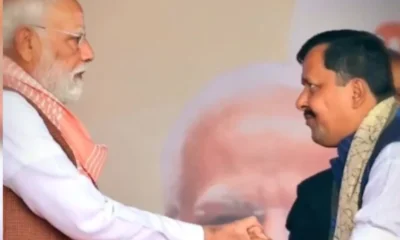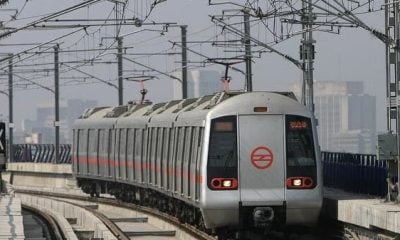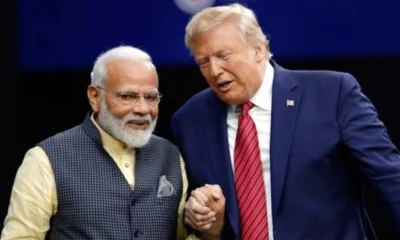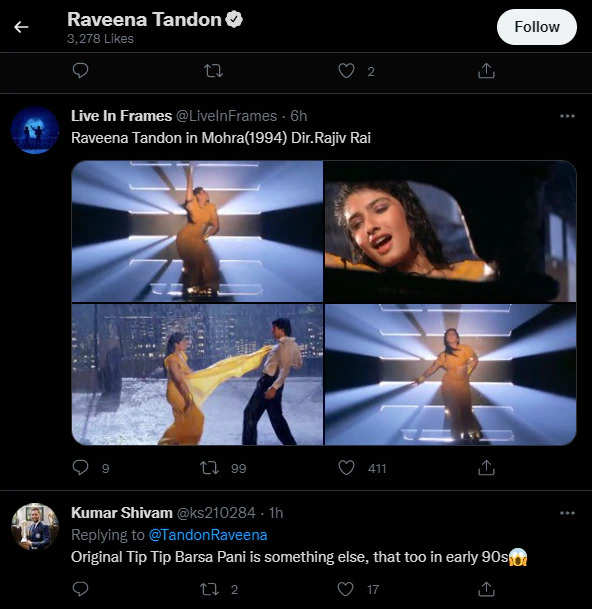[vc_row][vc_column][vc_column_text]High on features and style while cutting down on commuting time and cost, the Magenta Line of Delhi Metro is going to be inaugurated by Prime Minister Narendra Modi in the presence of Uttar Pradesh chief minister Yogi Adityanath on Christmas day: Monday, Dec 25.
Remarkably, Delhi chief minister Arvind Kejriwal has not been invited to the launch event, even though the Delhi government has to share with Centre half the funding for the stretch falling in Delhi: the Delhi Metro Rail Corporation (DMRC) is a 50:50 venture between the Urban Development ministry and the concerned state government.
Earlier, in 2015, when the extended metro line between Badarpur and Faridabad was inaugurated, the BJP government in Haryana did not invite Kejriwal to the event it had organised.
While officials of DMRC evaded any direct response to questions pertaining to inviting the Delhi CM, said an India Today report, Delhi government sources confirmed that CM has no intimation of the upcoming event.
On the other hand, UP CM Yogi Adityanath arrives in Noida on Saturday afternoon, two days before the flag-off ceremony and hold a review meeting with officials of the DMRC and ahead of December 25 event.[/vc_column_text][vc_column_text css=”.vc_custom_1514027457423{padding-top: 5px !important;padding-right: 5px !important;padding-bottom: 5px !important;padding-left: 5px !important;background-color: #cecece !important;border-radius: 5px !important;}”]An interesting aside to Adityanath’s Noida visit is the speculation whether he would be able to break the jinx according to which the UP CM who visits Noida soon loses power.
The jinx is said to have ‘haunted’ the city for nearly 30 years. It began with former UP CM Vir Bahadur Singh visiting the city in 1988 and then lost the elections.
After Singh, both ND Tiwari and Kalyan Singh suffered the same fate, as did SP’s Mulayam Singh Yadav in 1995 and BSP supremo Mayawati in 2007 and 2012. Mulayam Singh Yadav did not visit the city during his second term as the CM between 2003-2007. Union Home Minister Rajnath Singh also avoided visiting the city during his term as the CM.
The tech-savvy Akhilesh Yadav gave in to the superstition when he was the CM and, while he did launch several development projects like the Yamuna Expressway and the Patanjali Food Park, he did all this through a video link from Lucknow itself. However, that did not stop him from losing the assembly elections with Yogi Adityanath supplanting him in the CM’s chair.[/vc_column_text][vc_column_text]The Magenta Line covers a 12.64 km stretch from Botanical garden in Noida to Kalkaji Mandir in Delhi. This section is part of the planned 36.23 km-line that will eventually be extended till Janakpuri in West Delhi.
The sixth line of Delhi Metro, it would bring down commuting time from Noida to Kalkaji to 19 minutes from over 45-minute journey so far. It would also help reduce the load of road traffic in the area.
This stretch of Magenta Line will have will nine stations or stops: Botanical Garden, Okhla Bird Sanctuary, Kalindi Kunj, Jasola Vihar-Shaheen Bagh, Okhla Vihar, Jamia Milia Islamia, Sukhdev Vihar, Okhla NSIC and Kalkaji Mandir.
The Magenta Line has several distinct features:
- These trains will run on the Unattended Train Operation mode, a first for the DMRC. “Trains can run without a driver. But we will have drivers in Magenta Line trains for a year or two,” said Anuj Dayal, executive director, corporate communications, DMRC, said a media report.
- New Signalling System: This is the first line equipped with a new signalling system — the Communication-Based Train Control (CBTC) — that will reduce waiting time from two minutes to 90-100 seconds.
- Frequency: Initially, the frequency of the trains will be 5 minutes 14 seconds with 10 trains being pressed into service.
- Time travel: This line will reduce the travel time between the two stations (Botanical Garden and Kalkaji Mandir) to 19 minutes from the 52-minute-long journey earlier.
- Cost of journey: The cost of the journey between Botanical Garden and Kalkaji Mandir will be Rs 30 against Rs 50 earlier.
- Colourful coaches: The trains on this line are also wildly colourful — with shades of blue, pink and orange on the seats, and a darker colour indicating the reserved seats.
- Seating arrangement: The lonesome two-seaters have been replaced by three- and five-seaters.
- Size of coaches: Though these are standard gauge coaches, they are as wide as broad gauge coaches. On other lines, the width of a coach is 2.9 metre, while in these, it is 3.2 metre. These coaches can accommodate 35-40 people extra.
- Pole replacement: The poles have been replaced by three-panelled support bars so that more people can hold on — without hands overlapping. Additional handrails have also been fixed on the sides of the entrances for passengers not seated.
- Electrical fitting: Trains are fitted with LED screens with destination details as well as USB charging ports.
- Platform screen doors: Platform screen doors have also been fixed in each of the nine stations to ensure passenger safety. These doors would be essential on this line as driverless trains can run on this stretch.
The trial run of the line on Tuesday, Dec 19, had left many red faces in DMRC when the driverless train crashed through a boundary wall at the Kalindi Kunj depot. Four officials were suspended for this.[/vc_column_text][/vc_column][/vc_row]
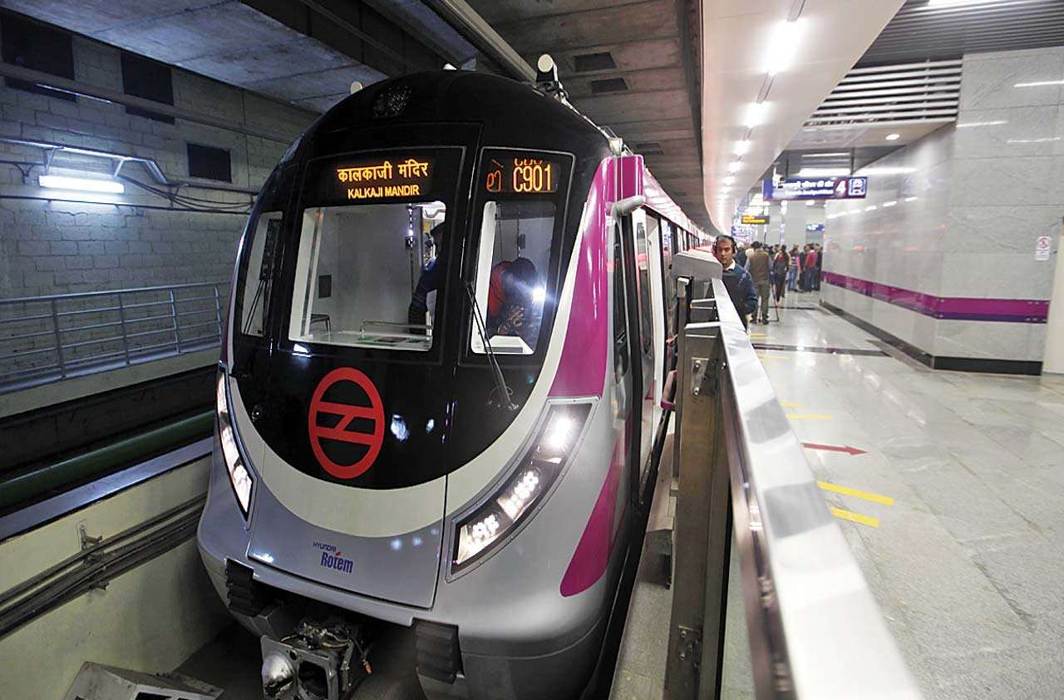

 India News20 hours ago
India News20 hours ago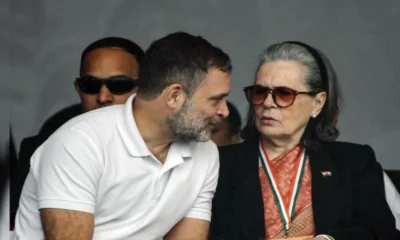
 India News22 hours ago
India News22 hours ago
 India News23 hours ago
India News23 hours ago
 India News20 hours ago
India News20 hours ago
 Entertainment20 hours ago
Entertainment20 hours ago
 India News3 hours ago
India News3 hours ago
 India News2 hours ago
India News2 hours ago
